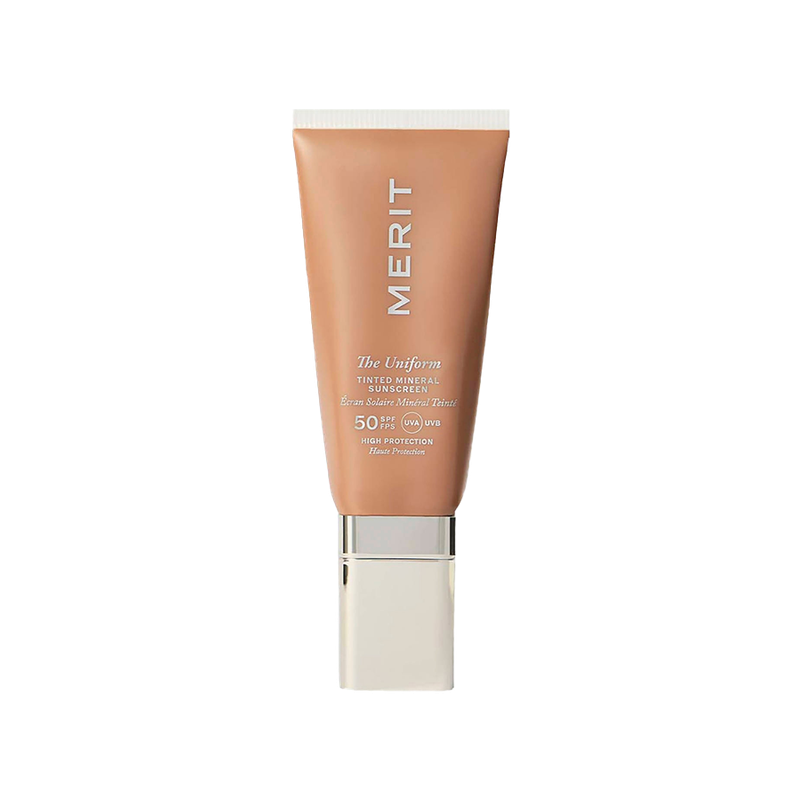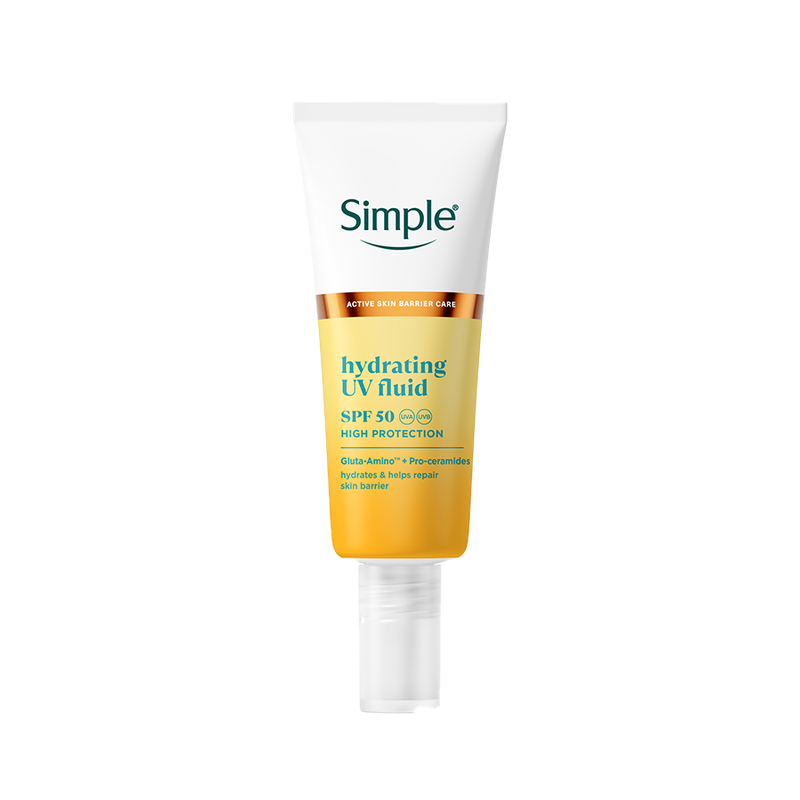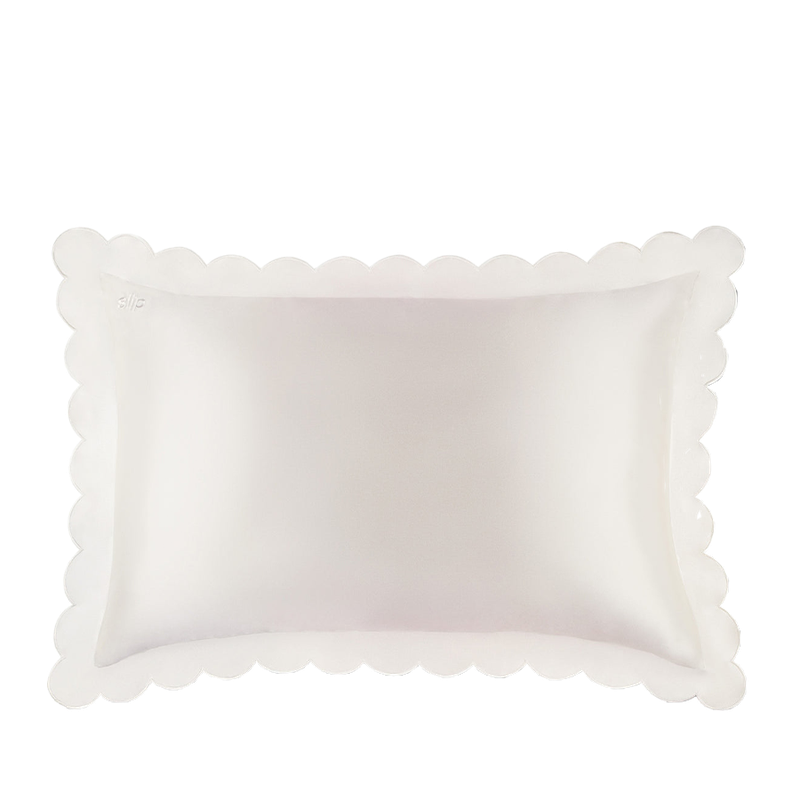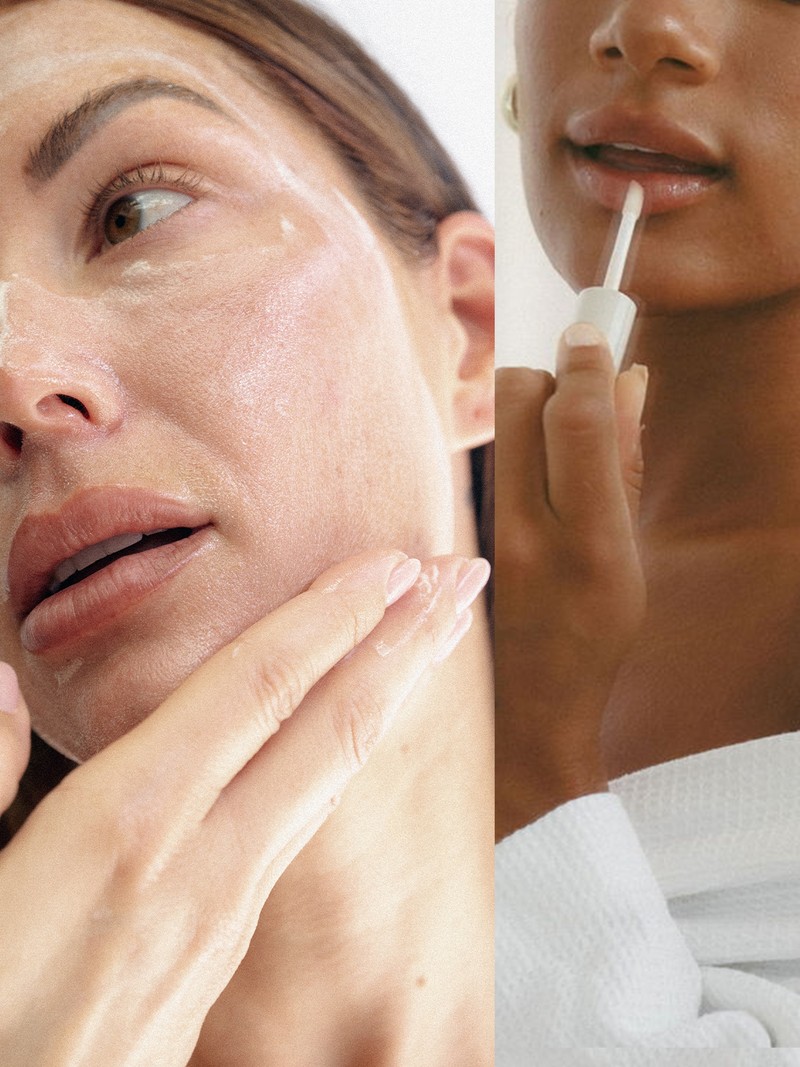
10 Popular Beauty Myths Debunked By The Experts
Concealer Needs To Be Lighter Than Foundation
This one is partly true but it depends on what you’re trying to achieve with your concealer. “If the aim is to brighten areas like the under-eyes, then yes, a concealer that’s a little lighter than your skin tone can work beautifully,” advises Adeola Gboyega, make-up artist and SL beauty contributor. “I’d recommend going no more than two to three shades lighter to keep it looking natural, especially through the centre of the face. Where that rule doesn’t apply is covering blemishes. If you use a lighter concealer on a spot, you’re not hiding it, you’re highlighting it. For any areas you’re trying to conceal, like breakouts or redness, it’s best to use a concealer that matches your skin tone exactly. That way, the product blends seamlessly into your foundation and does its job without drawing attention.”
You Don’t Need To Wear SPF When It’s Cloudy
Many believe you only need to wear sun protection when you’re out in direct sunlight, but that’s not what the experts recommend. “While clouds reduce visible sunlight, they do not reliably block ultraviolet radiation,” explains Dr Jason Thomson, consultant dermatologist & head of medical at Skin + Me. “Thin or scattered cloud may let through most UVB, which causes sunburn and contributes to skin cancer. UVA, which penetrates more deeply into the skin, drives photoageing and also contributes to skin cancer, is minimally affected by cloud. In some conditions, cloud edges can even intensify UV exposure through reflection and scattering.” Levels of both UVA and UVB are highest during the spring and summer months in the UK, but even on cloudy days it’s important to wear broad spectrum sunscreen.
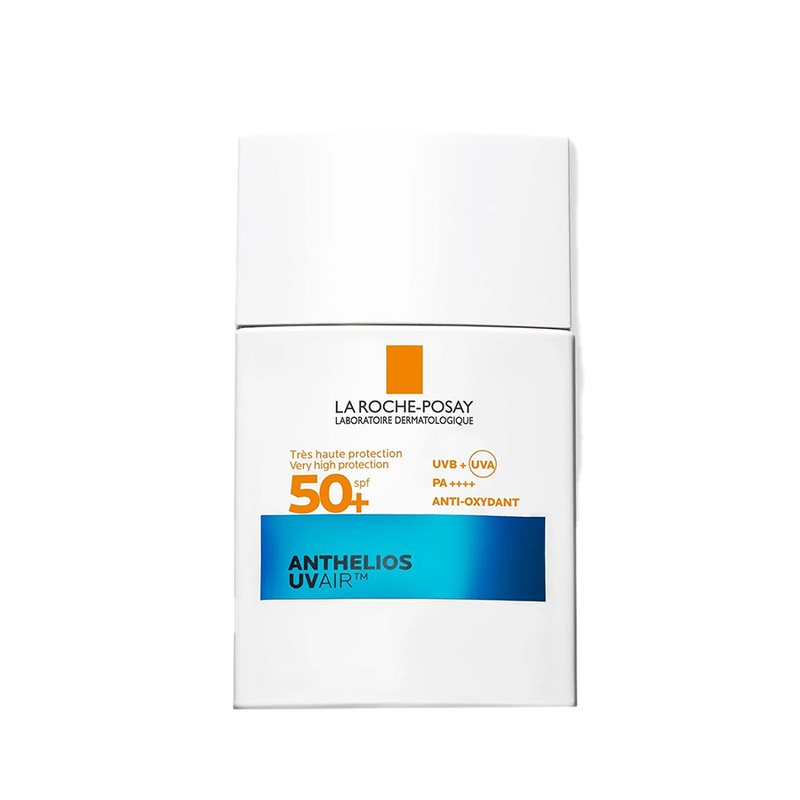
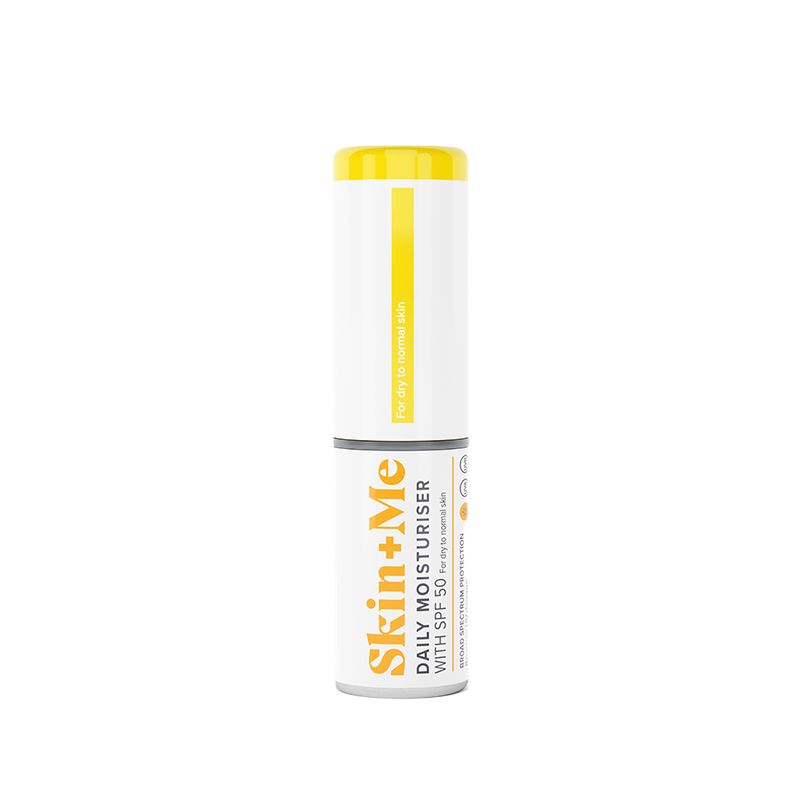
Breakouts Only Occur During Puberty
If you’ve ever dealt with hormonal acne in adulthood, you’ll know that this one is simply untrue. “Hormonal imbalances prompt the skin to produce excess sebum, a waxy substance secreted by sebaceous glands. This type of acne can arise during puberty, pregnancy and menopause – any time when your body experiences hormonal fluctuations,” says Joanne Evans, facialist and founder of Skin Matters. “This sebum clogs pores, resulting in painful cysts and whiteheads on the lower half of the face, commonly affecting the jawline, chin, back and chest. The location of your breakouts helps differentiate between hormonal and bacterial acne, the latter of which tends to appear on other areas like the forehead, cheeks and nose, and doesn’t present itself as deep, angry-looking cysts.”
You Can Shrink Your Pores
Technically, it’s not possible to permanently shrink or enlarge pores. “They aren’t connected to muscles, so they cannot contract and relax in the same way,” explains Pandora Long, aesthetic facialist. “That being said, hot water and steam can loosen up debris or dirt within the pore and make it easier to extract, so it’s not to say temperature has no effect – just not in the way we’ve been led to believe.”
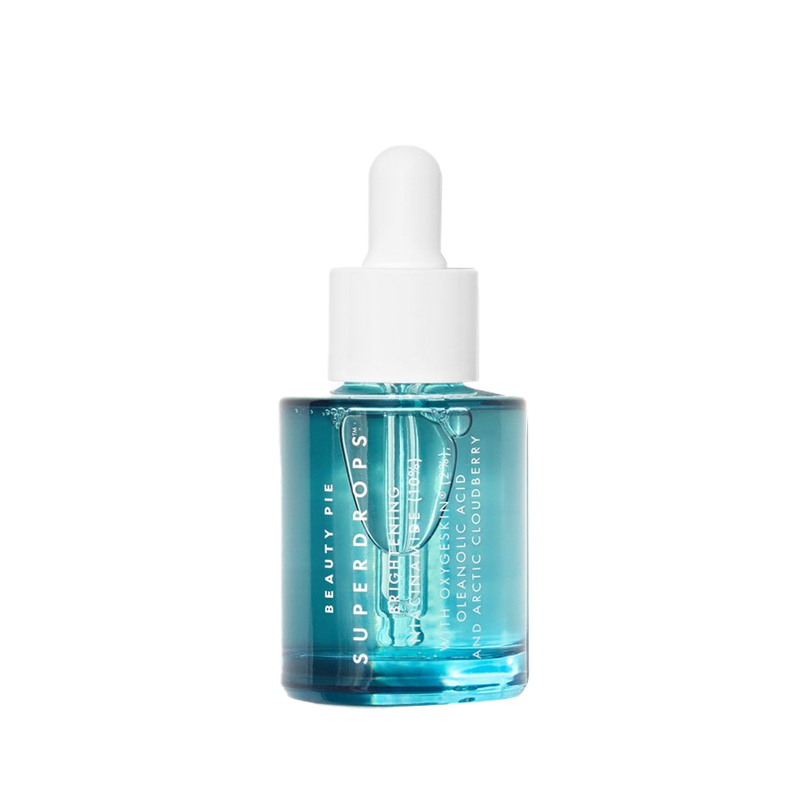
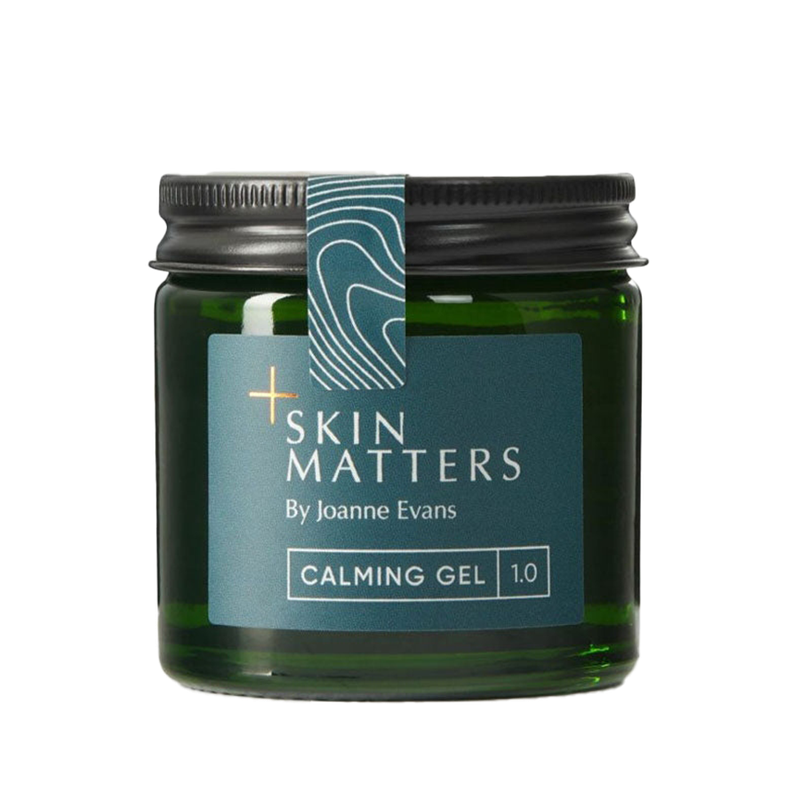
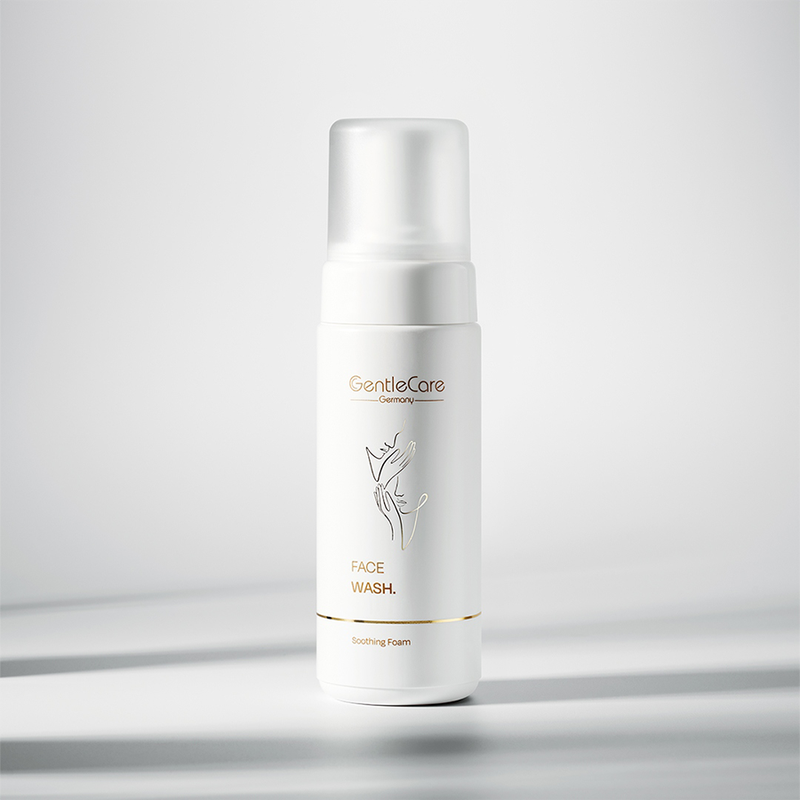
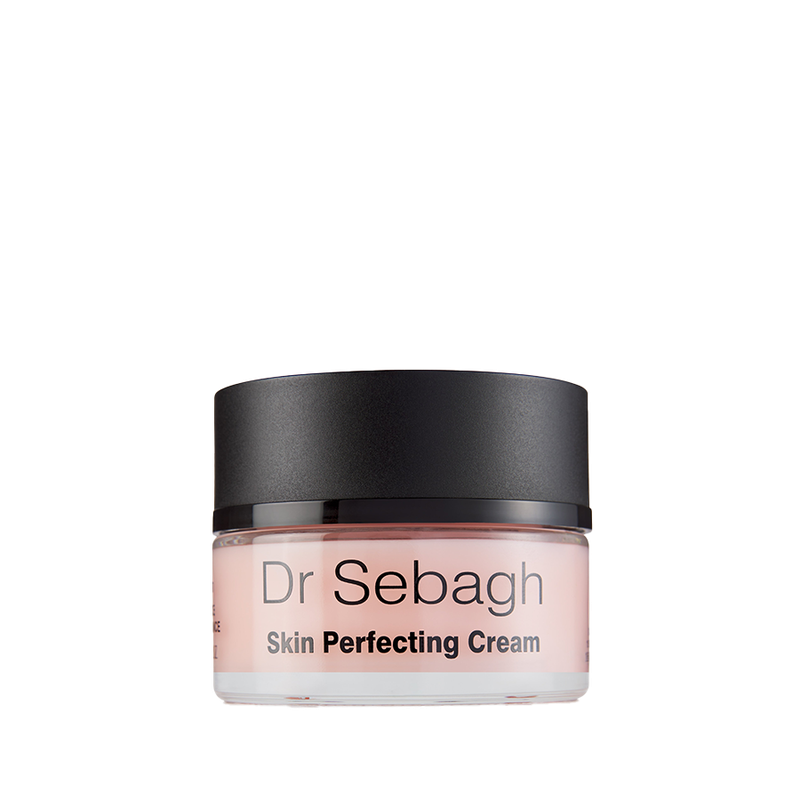
Powder Makes You Look Older
Too much powder in the wrong place can have an ageing effect, but when applied correctly, it can actually enhance your look and boost the longevity of your make-up. “Formulation really is key, whether you opt for a loose powder or a pressed, look for products that have high quality ingredients and pigments that have been finely milled, this will ensure a smooth application and avoid product build up,” advises Andrew Denton, make-up artist. “The tools you use to apply powder are also crucial. Powder puffs will pack on product whereas soft fluffy brushes will give you a lighter, airbrushed effect. Start light and build it up gradually, coating a fluffy brush in as little powder as possible. Focus on the centre of the forehead, tip and corners of the nose, under the eyes and corners of the mouth and chin, leaving the perimeter of the face free of powder. Applying in these areas will keep unwanted shine at bay while giving your complexion a youthful, fresh finish.”
The Scalp Doesn’t Need Special Attention
A healthy, balanced scalp ensures the hair follicles can function properly. “Think about cleansing your skin – your scalp is very similar,” says Larry King, hair stylist. If you were to use a daily cleanser that was harsh and stripping, your skin would begin to produce oils to combat that effect and your scalp is no different. The products you use are essential to maintaining healthy hair and the natural balance of your scalp. This is why it’s important to take care and use shampoos that are sulphate-free – they’re known to be gentler. The more time and effort you put into maintaining a healthy scalp, the better your hair will look overall.” To balance the scalp’s microbiome, this new addition to the Hair By Sam McKnight line-up feels ultra-soothing.
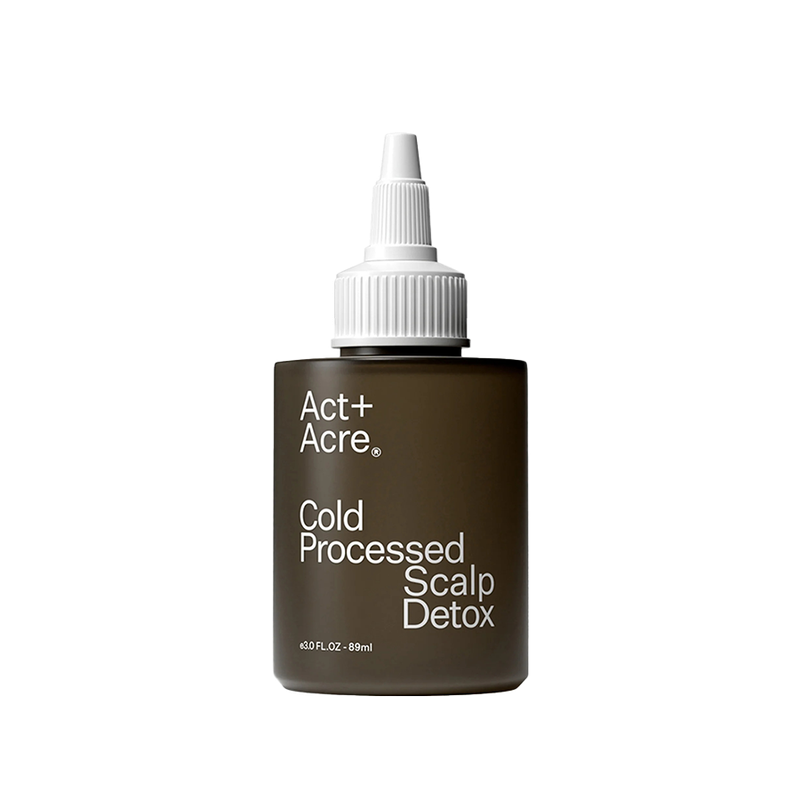


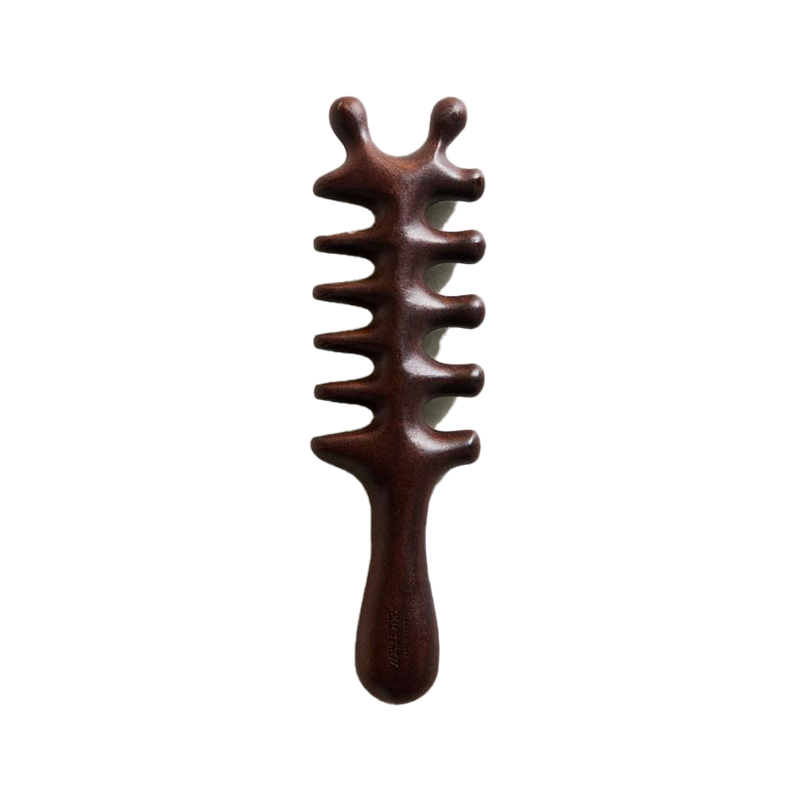
Pumping Your Mascara Minimises Clumps
There’s no real rhyme or reason to explain how this myth came about – it simply doesn’t work. “Even I used to pump my own mascara tube to try and thicken the mascara for the fullest possible lash,” says Jessica Kell, make-up artist. “But pumping the mascara actually pushes more air into the tube causing it to dry out quicker, so you’re more likely to create a formula that is dry and crumbly with unnecessary clumps. To avoid this, make sure you never push air into the tube – try and do your application with one wand of product per eye. If you find your brush is particularly clumpy, wipe off excess onto a tissue and then move the wand through your lashes. I recommend carrying a couple of extra spoolies in your make-up bag to brush through and distribute the product seamlessly.”
You Can’t Use Oil On Oily Skin
If you’re prone to excess sebum production, the temptation might be to strip your skin of moisture and avoid oil-based formulas. In reality, the right oils can help rebalance oily skin rather than worsen it, according to Annee de Mamiel, integrated facialist and founder of deMamiel. “Lightweight, non-comedogenic oils like jojoba, squalane and grapeseed mimic the skin’s natural sebum, helping to regulate oil production through feedback signalling. Others, such as rosehip and kalahari melon, are rich in linoleic acid – an essential fatty acid – which helps restore balance and further supports sebum regulation. Stripping the skin with harsh cleansers, over-exfoliating or avoiding oils altogether can disrupt the barrier and trigger rebound oiliness and inflammation. A well-formulated oil-based product can regulate sebum, repair the barrier and leave skin clearer, calmer and more resilient.”
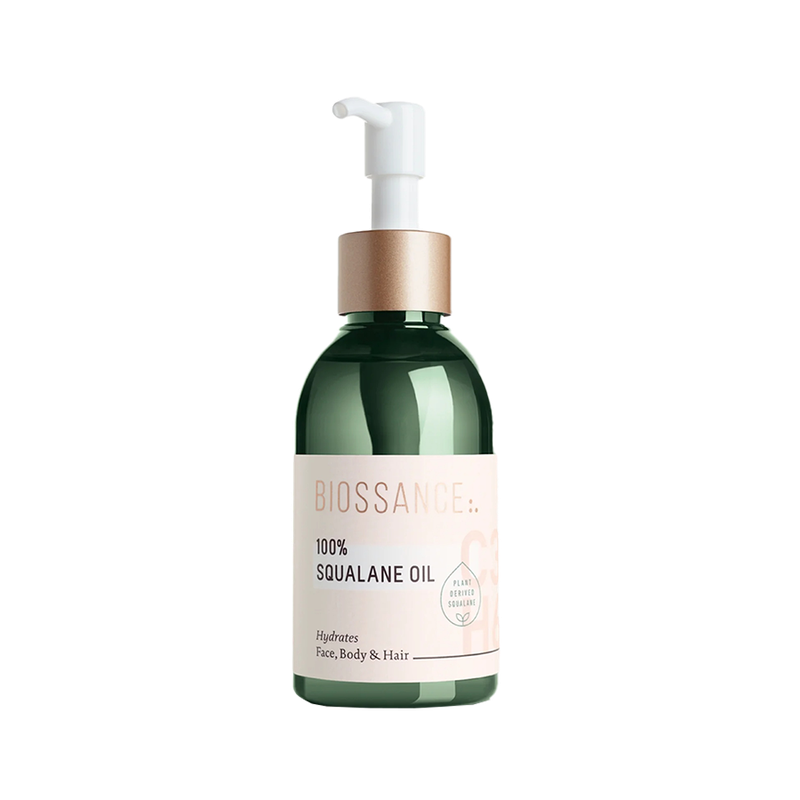


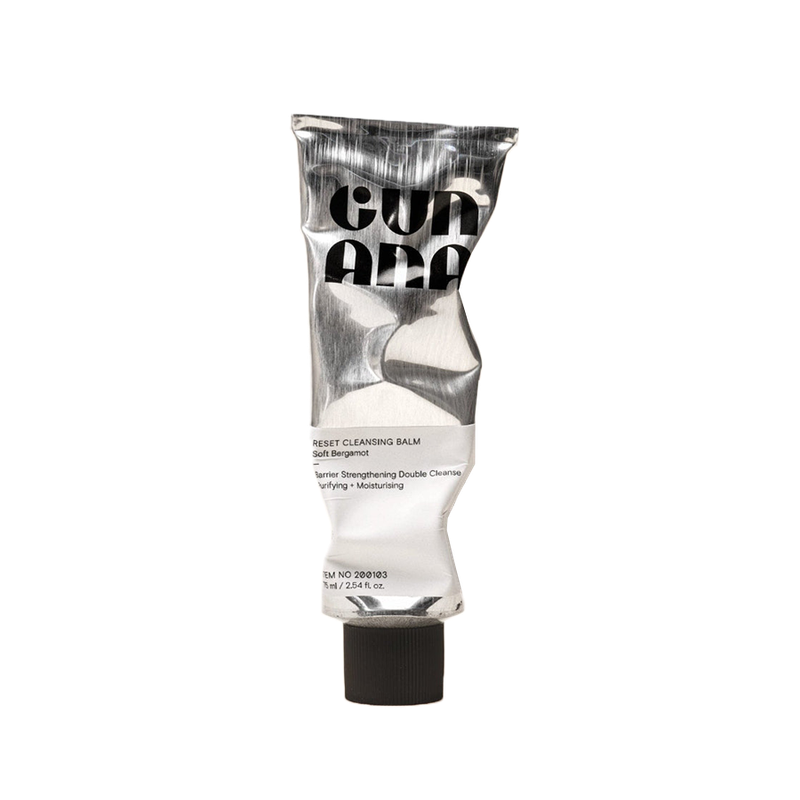
Cutting Your Hair Makes It Grow Faster
As much as you might want this one to be true, sadly trimming your hair won’t actually boost growth. “While regular trims do make the hair look healthier, it’s worth noting that hair grows from the root, not the ends, so cutting it won’t make any difference,” explains Samantha Cusick, hair stylist. “However, regular trims will prevent split ends from travelling up the hair shaft, which keeps your hair looking fuller and healthier. If you're aiming for longer hair, focus on scalp health, hydration and minimising breakage – not just cutting.”
Humidity Is Solely To Blame For Frizz
While humidity can certainly contribute to frizz, the problem starts at the root. “Frizz can occur when you don’t properly look after your strands, particularly if your hair is damaged and desperately lacking moisture,” explains Andrew Heasman, international creative director at RUSH Hair. “This can happen as a result of many different factors, such as not using a heat protectant when using hot styling tools, the friction from your pillowcase while you sleep, consistent product-build up and even over-brushing your hair.” The key is to replenish moisture with nourishing formulas and lock in your style with a powerful, anti-humidity hairspray – Color Wow’s Texas Hold ‘Em is great.
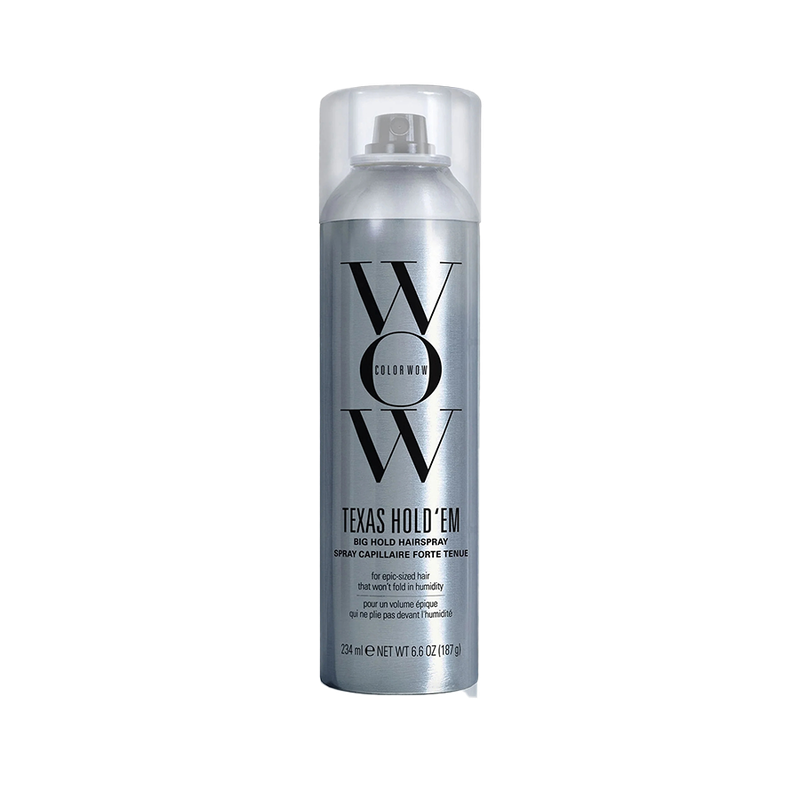
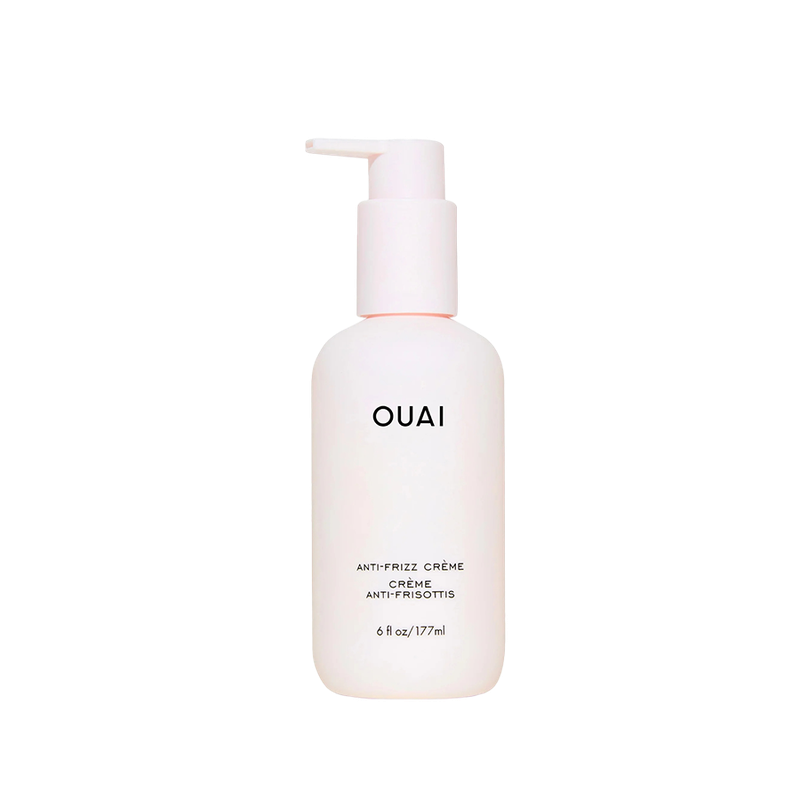

DISCLAIMER: We endeavour to always credit the correct original source of every image we use. If you think a credit may be incorrect, please contact us at info@sheerluxe.com.
